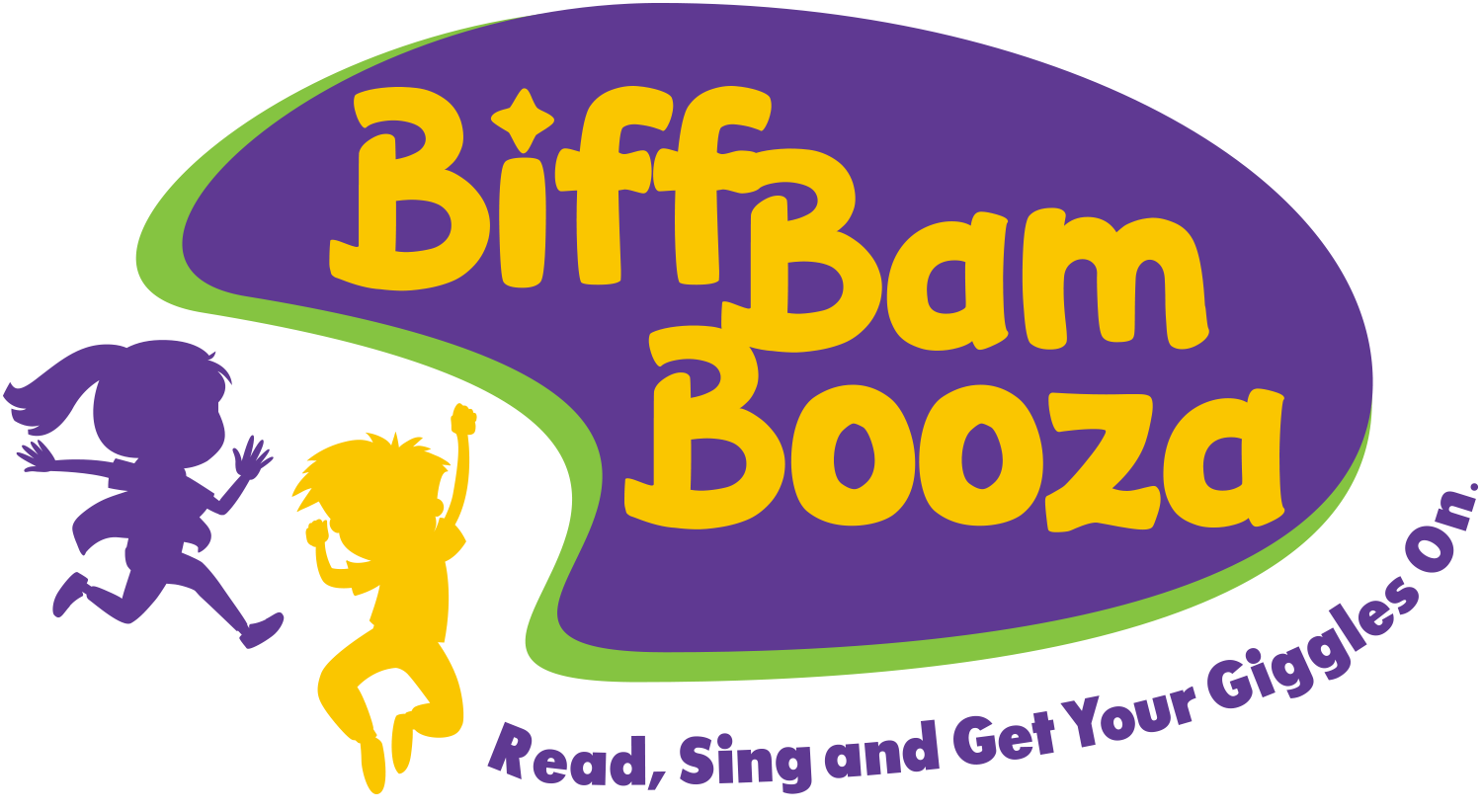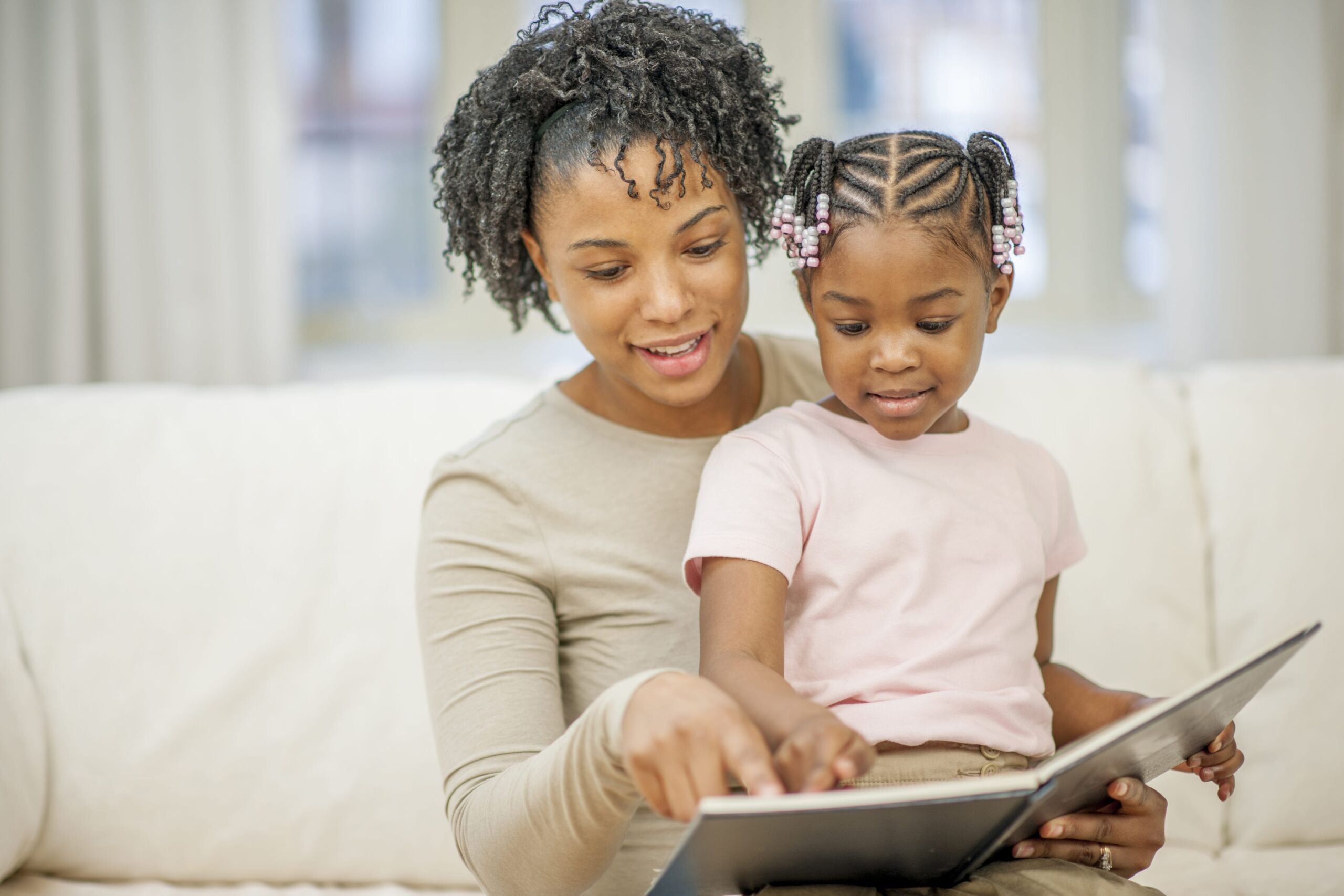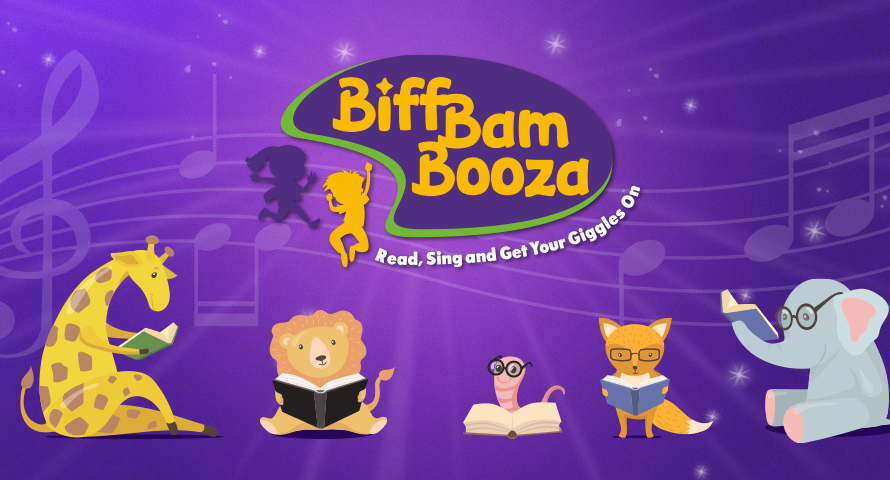“I don’t like to read!” my friend’s 6-year-old grandson declared when she presented him with a new book. “Why not?” my friend asked. And then his heartbreaking answer –“because I’m not good at it.” “He’s been ‘stressed out’” her daughter shrugged. “Stressed out? He’s just a kid?” my friend responded. I don’t remember hearing the term “stressed out” when I was a kid…at least applying to a child. But lately, I’ve heard it used about kids and by kids, frequently. Okay, so the world is more complex. The pandemic did its damage with social distancing and distance learning. And yes, there’s been a decline in reading proficiency among children. But despite the hurdles, I’m sure I don’t have to convince you that early childhood literacy is critical to children’s life-long learning skills. How else can they develop a rich vocabulary, learn to effectively express their feelings and thoughts, and build reading and writing—and therefore social– confidence?
Well, I’m an author, not a child development expert, and I don’t pretend to have all the answers. But I’ve had enough feedback from parents, grandparents, and kids to understand how my own books have been used effectively in engaging both book- lovers and reluctant readers. Here’s what I’ve learned.
1. Pictures Captivate – Beautiful illustrations are eye candy for children and adults alike. But they provide more than just visual enjoyment. Pictures help children comprehend the story and provide the impetus for questions. Questions fuel curiosity. Curiosity leads to life-long learning. All that happens while you think you’re just pointing to pretty, colored pictures.
2. Giggles Spark Engagement– An ant who plays guitar in a bug band… a bully of
an ice cream cone who learns a lesson from a milkshake… a magic-potion-
making, quirky porcupine doctor…chocolate-covered bunnies in a chocolate-
covered spaceship–these are the subjects of my kooky books. They appear light and silly, BUT I am dead serious about writing stories that connect with children and impact reading and comprehension skills. And I never write a book that I wouldn’t like to read myself…hello bored story-reading parents! Last, but maybe even the most important benefit of giggling over a book together, is the life-long bonding that that experience so often brings.
3. Shhhhh…Don’t Tell Them They’re Learning—The beauty of reading a vibrantly-illustrated, funny story is that kids get lost in the characters and illustrations. The lessons–friendship, kindness, courage, inclusion, and self- love—are embedded in the stories. No character ever says, “help a friend,” “feel
sad for that kid,” or “have the courage to be your unique self.” Compassion and
self-confidence lessons are absorbed naturally.
So, this is all great for engaged parents, you say, but what about underprivileged kids who don’t get the same level of interaction and guidance? All I can add to that conversation is that I support child literacy groups of all kinds. Our mission should be to get the right books into the hands of these children. From there, the same principles above apply to increase the odds that we can spark their flame. I also provide a free animated sing-along song video for each of my children’s books. The connection between music and brain development is a whole other topic –probably
my next one!
We'd like to hear from you!



